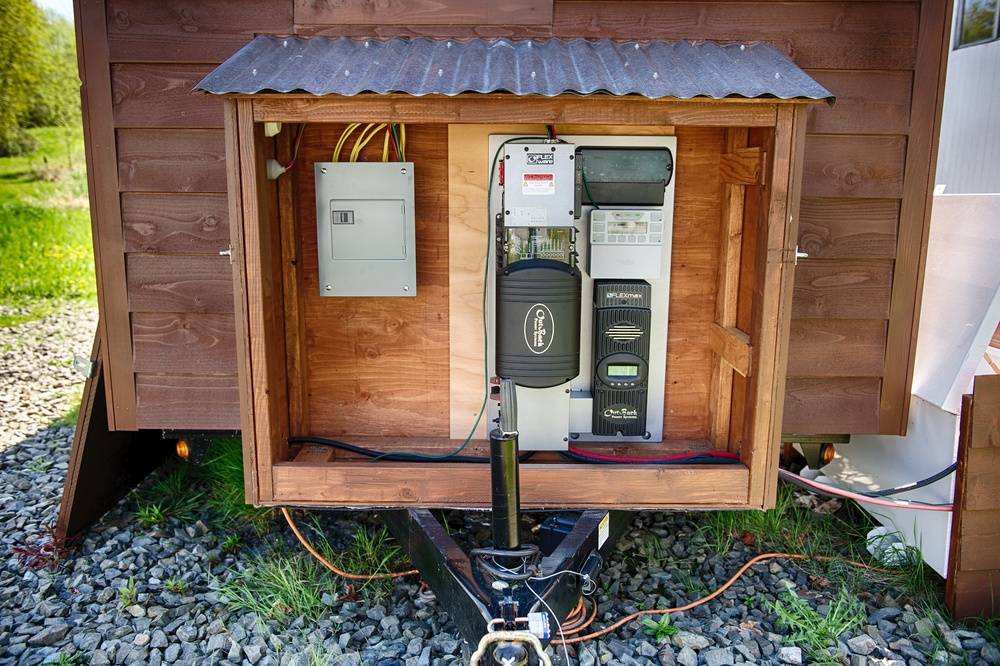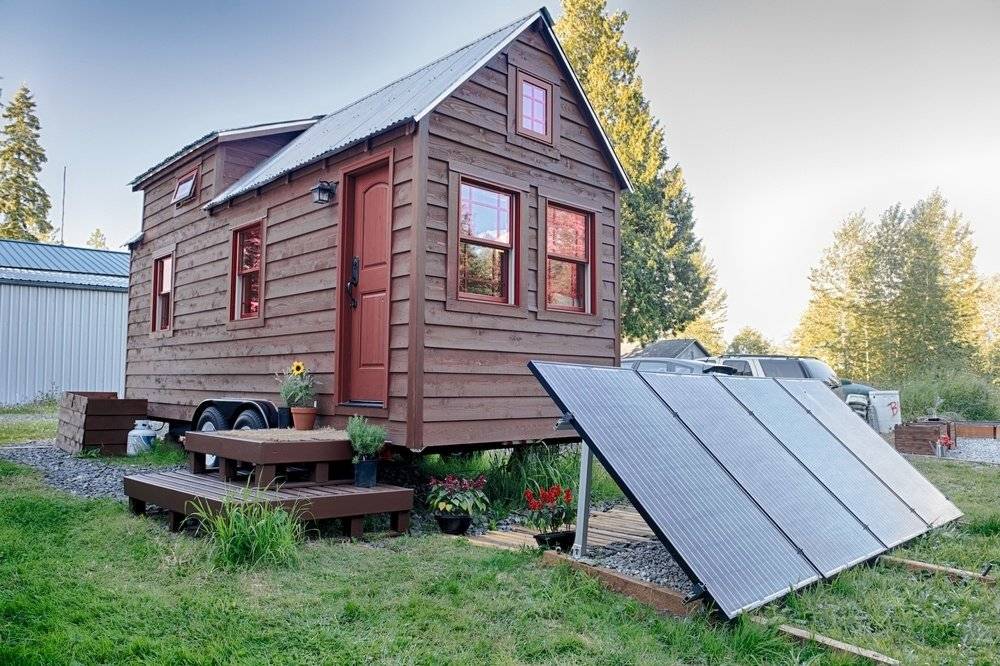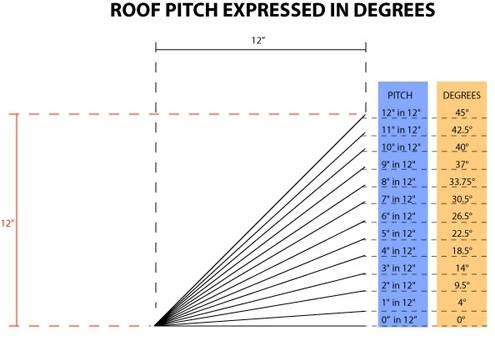Introduction to Solar-Powered Tiny Houses
Renewed interest in environmental concerns has resulted in many varied approaches to individual impact on the environment including, but not limited to, Tiny Houses. For others, Tiny Houses simply mean living independently. Regardless of the motivations surrounding them, Tiny Houses mean having the opportunity to work with solar. If possible, it is best to integrate solar into the home during the planning process of the building. It is always best to take into account potential complications and limitations of solar when deciding to incorporate solar into your home; this page attempts to give a brief overview of Tiny Houses.
Looking at the Specifics
- The Roof:
The roof should be designed to have the solar modules mounted to it, so it should be preferably at an angle 35°-45° and reinforced to support the weight and wind load of the solar modules (including when the house is mobile).
Storage Batteries:

Potential Complications and Limitations
Final Considerations
Whether the solar system is integrated or separate, care should be taken to ensure the solar modules are facing south and free of shade. While it may seem complicated, with careful consideration and planning, adding solar to a tiny home is a wonderful way to make a positive environmental impact and a move towards greater independence. .



